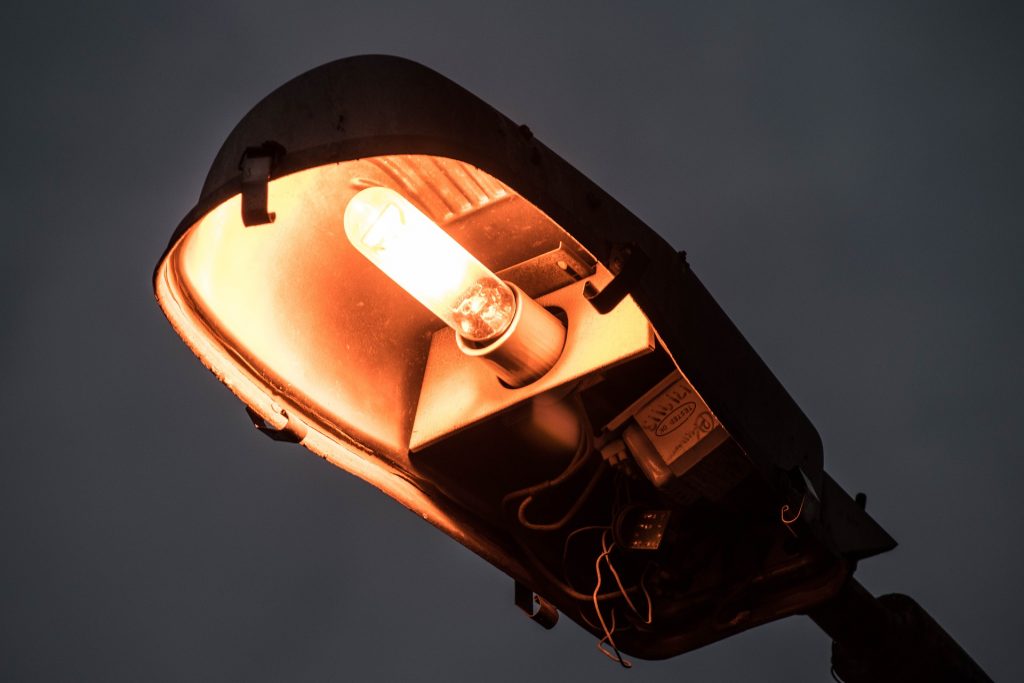Editor’s note: This post has been updated and broken links removed. Please see our policy on broken hyperlinks for more.
Brightness is everything when it comes to a lightbulb, right? What if the amount of illumination could have a negative impact on your health? This is what the American Medical Association now wants us to consider, specifically when we’re driving. In an announcement on June 14, the AMA stated that conversions to “improper LED technology” may have an adverse effect, despite its energy-saving potential.
“Despite the energy efficiency benefits, some LED lights are harmful when used as street lighting,” said AMA Board Member Maya A. Babu. “The new AMA guidance encourages proper attention to optimal design and engineering features when converting to LED lighting that minimize detrimental health and environmental effects.”
 In short, high-intensity LEDs can emit a large amount of blue light, which looks white to our eyes. This can worsen glare in the evening hours, causing discomfort and disability. When our eyes are hurt by the light, we naturally have trouble seeing.
In short, high-intensity LEDs can emit a large amount of blue light, which looks white to our eyes. This can worsen glare in the evening hours, causing discomfort and disability. When our eyes are hurt by the light, we naturally have trouble seeing.
However, our vision isn’t the only concern to the AMA. Evidently, the blue-lit streetlights operate at a wavelength that adversely suppresses melatonin development at night. Melatonin is known as the chemical that naturally develops in our bodies in darkness, helping us get to sleep.
This means that if your bedroom window happens to be near an LED street lamp, you may find it more difficult to fall asleep at night and stay asleep.
Finally, this particular type of LED can have a negative impact on the environment. Specifically, birds, insects, turtles and species of fish may be disoriented as a result of the lighting. To combat these effects, U.S. national parks have started using alternatives and dimming lights altogether in an effort to reduce “light pollution.”
Now that the risks are out there, the AMA is encouraging the public to think twice before heavily relying on these blue types of LEDs.
“The AMA encourages communities to minimize and control blue-rich environmental lighting by using the lowest emission of blue light possible to reduce glare,” it wrote in its statement. “The AMA recommends an intensity threshold for optimal LED lighting that minimizes blue-rich light. The AMA also recommends all LED lighting should be properly shielded to minimize glare and detrimental human health and environmental effects, and consideration should be given to utilize the ability of LED lighting to be dimmed for off-peak time periods.”
As it goes with all medical suggestions, we’ll have to wait and see whether these recommendations are adopted far and wide.
Sources
“AMA Adopts Community Guidance to Reduce the Harmful Human and Environmental Effects of High Intensity Street Lighting.” American Medical Association. Published June 14, 2016.
